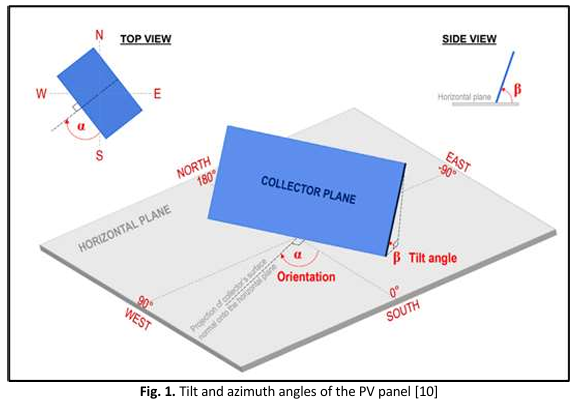Predicting Azimuth and Tilt Angles of Photovoltaic Panels with Random Forest and Support Vector Machine: A Study in the Shore Area of South Papua, Indonesia
DOI:
https://doi.org/10.37934/ard.137.1.167185Keywords:
Machine learning, PV, predict , SVM, RFAbstract
Indonesia has various potential renewable energy sources such as solar energy, which can generate more than 200 GW. However, this promising energy source tends to be utilized in small numbers, i.e., less than 100 MW, compared to the potential energy. The solar photovoltaic (PV) systems significantly depend on the location, such as the optimal configuration of azimuth and tilt angles, which determine the amount of solar irradiance captured by the panels. Even though numerous studies and practical applications of PV systems have been investigated globally, unfortunately, there is a scarcity of research focusing on PV technology, specifically in the context of South Papua, where its usage remains unexplored, for example, in the optimal configuration of azimuth and tilt angles. Therefore, this research focuses on optimizing the tilt angle and azimuth of PV panels located in coastal areas of South Papua by utilizing PVSyst software and annual radiation estimation. Moreover, the elevated solar radiation levels in the area establish it as a key site for installing PV systems; on the other hand, the distinctive geographical and weather conditions require accurate positioning of panels to achieve the best possible efficiency of PV systems. To address this, we employed Random Forest (RF) and Support Vector Machine (SVM) models in a Python environment to analyze the impact of azimuth and tilt angles on the global collection plane of solar panels. The dataset included azimuth angles ranging from 0° to 60° and tilt angles from 8° to 45° representing a comprehensive range of possible configurations. Our findings indicate that an azimuth angle of 60° and a tilt angle of 8° yield the highest global collection plane values, making it the most effective configuration for maximizing solar energy capture in this region during the dry season. Conversely, in the wet season, the optimal tilt angle shifts to 30° with an azimuth angle of 0°. Furthermore, the Random Forest (RF) model outperformed Support Vector Machine (SVM) in predictive accuracy, as evidenced by a lower mean squared error. This study not only provides valuable insight into the optimization of solar field orientation but also highlights machine learning techniques in improving PV system performance. By optimizing solar energy capture, this research supports Indonesia’s broader goals of transitioning to renewable energy sources, contributing to sustainable development and energy security in South Papua, Indonesia.
Downloads























